Volume 48 Number 1 (2017.3)
Special Feature
Biotechnology for Sustainable and Aging Societies
Part I. Special Feature
Overview
Research Reports
-
2. Structural Analysis of Lignocellulose Biomass Using Nuclear Magnetic Resonance
 (2622kB)
(2622kB)pages 1-9
Nobuhiro Ishida, Tetsuya Mori and Jun Kikuchi
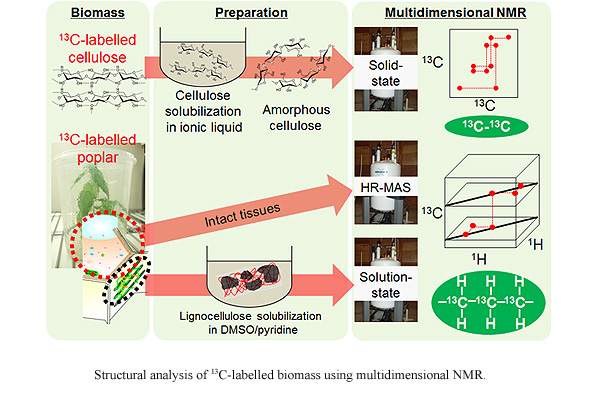
Elucidation of the structure of lignocellulose biomass is necessary to promote bio-refineries. Using solid-state and solution state nuclear magnetic resonance (NMR), the chemical composition and chemical shifts for structures in cellulose were determined. This approach contributes to an understanding of the complex structure of lignocellulose components.
-
pages 11-20
Takashi Matsuyama
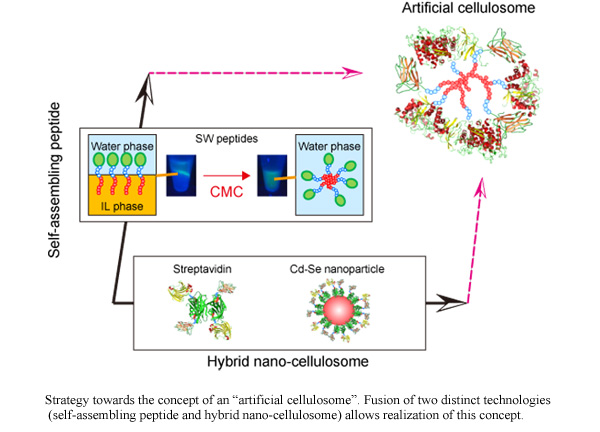
In order to realize an "artificial cellulosome" that converts crystalline cellulose into soluble sugar, we first investigated the clustering of different cellulase domains on organic and inorganic nano-carriers to generate a hybrid nano-cellulosome, and then identified self-assembling peptides for integrating cellulase domains without the need for nano-carriers.
-
4. Reconstitution of Artificial Cellulosome on Yeast Surface
 (562kB)
(562kB)pages 21-29
Katsunori Kohda, Takao Imaeda, Takao Kitagawa and Hiroaki Suzuki
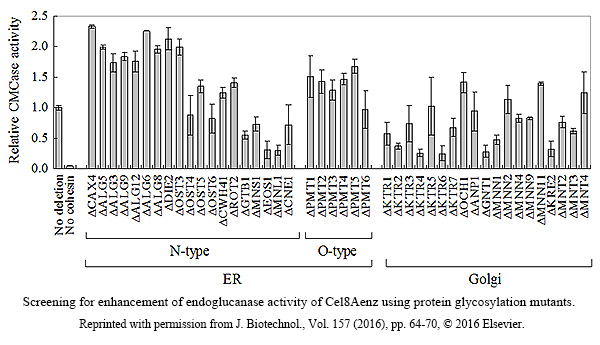
For efficient bioethanol production from cellulose, we found that S. cerevisiae is able to express scaffolding proteins via the mini CipA gene from C. thermocellum and to reconstitute minicellulosomes possessing cellulose saccharification activity on its surface. We also identified genes that contribute to enhancing this activity by using deletion mutants.
-
5. A Proposal for Multiple Testing of Infectious Diseases in Developing Countries
 (960kB)
(960kB)pages 31-38
Fumihiko Hoshino, Hidehiko Sugiyama and Takao Imaeda
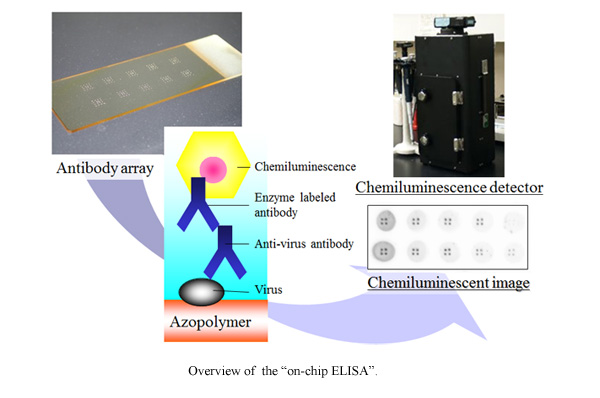
We have established “on-chip ELISA” which viruses were immobilized on a polymer using a unique
photo-immobilization technique. Commercially available digital camera could detect chemiluminescent
signals. So we expect that this portable and cheap system would make a contribution for rude medical
system in developing countries. -
pages 39-49
Hideo Nakane, Masahiro Taki, Mitsuhiro Kojima and Hiroshi Morimoto
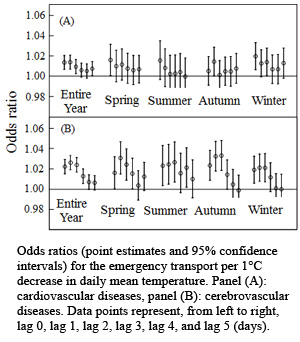
Acute effects of meteorological factors on the circulatory system were evaluated in patients who had been transported by ambulance in Nagoya. Temperature was the most prominent meteorological factor throughout the year. The cerebrovascular diseases showed a stronger relationship with meteorological factors than the cardiovascular diseases.
Part II.
Special Review
-
7. Backgrounds and Research Activities on Nuclear Fusion in Toyota Central R&D Labs., Inc. including Recent Collaborative R&D Project on High-repetition (> 1 Hz) Laser-implosion by Counter-illumination
 (3939kB)
(3939kB)pages 51-69
Tomoyoshi Motohiro
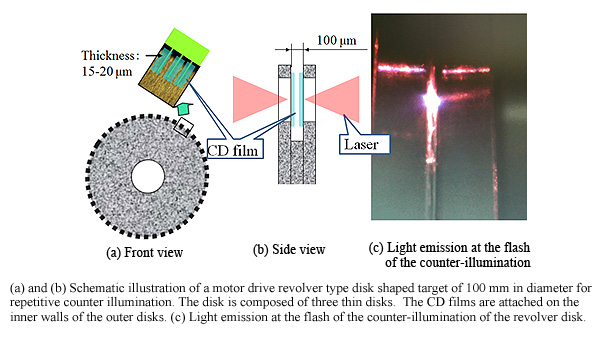
Backgrounds and research activities on nuclear fusion in Toyota Central R&D Labs., Inc. including recent collaborative R&D project on high-repetition (> 1 Hz) laser-implosion by counter-illumination were reviewed tracking back to 1988. The review involves development of X-ray laser, laser plasma X-ray sources and researches on condensed matter nuclear phenomena related to “cold fusion” as well as the laser fusion research.
